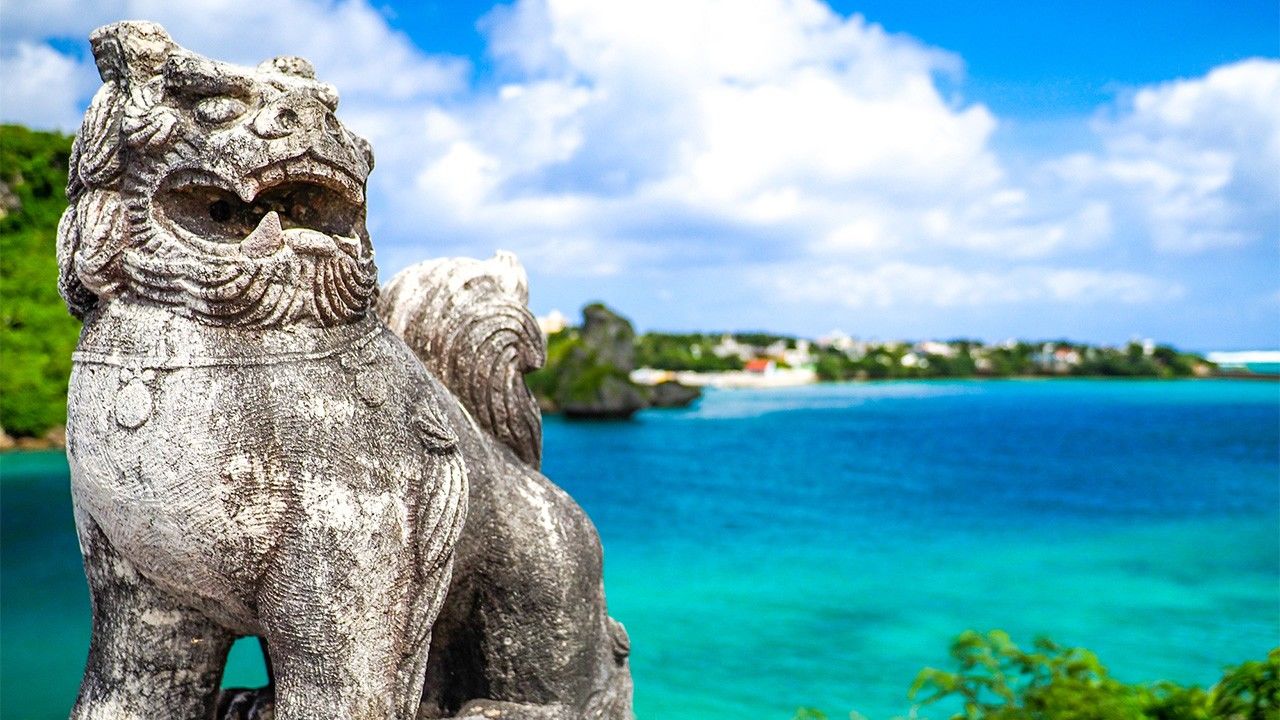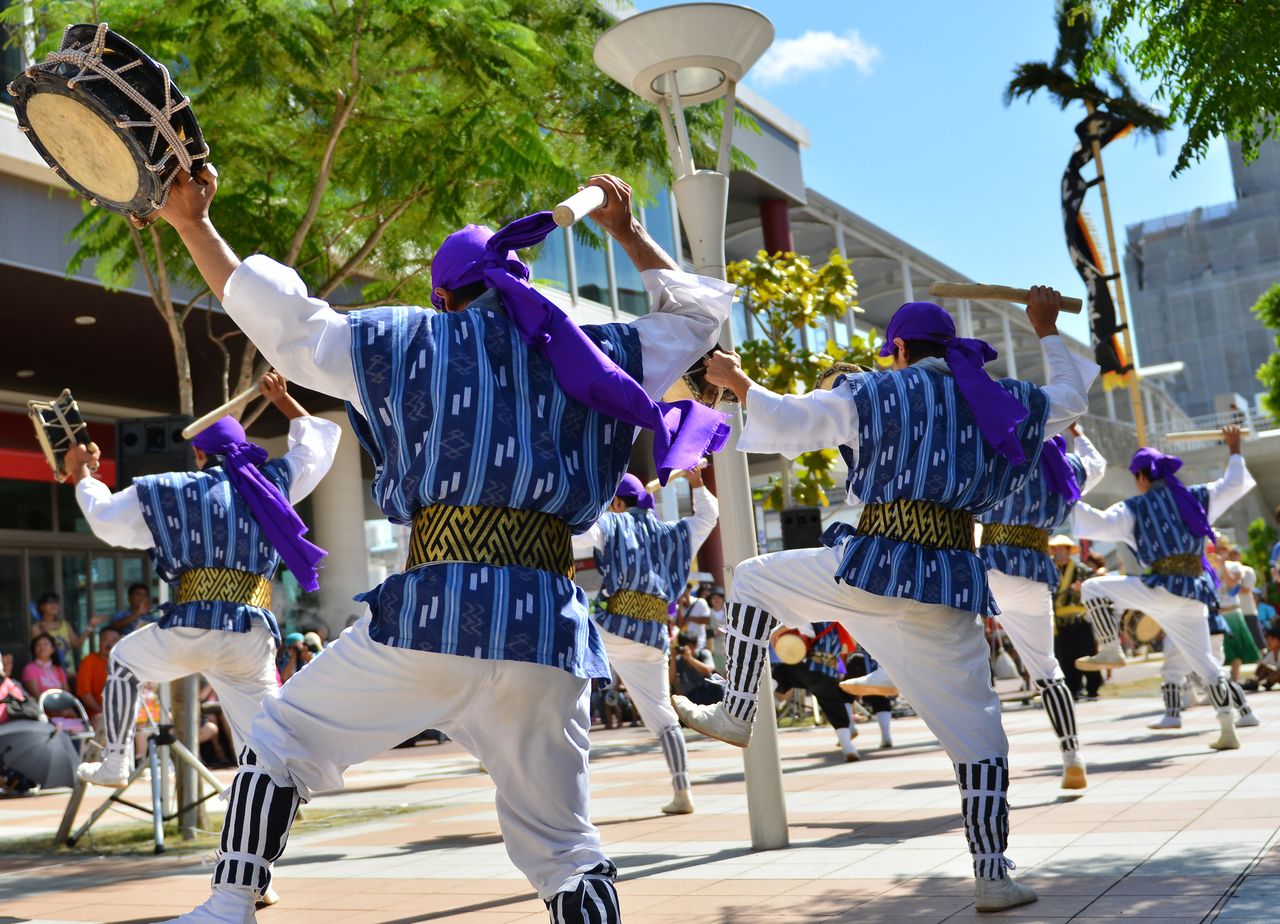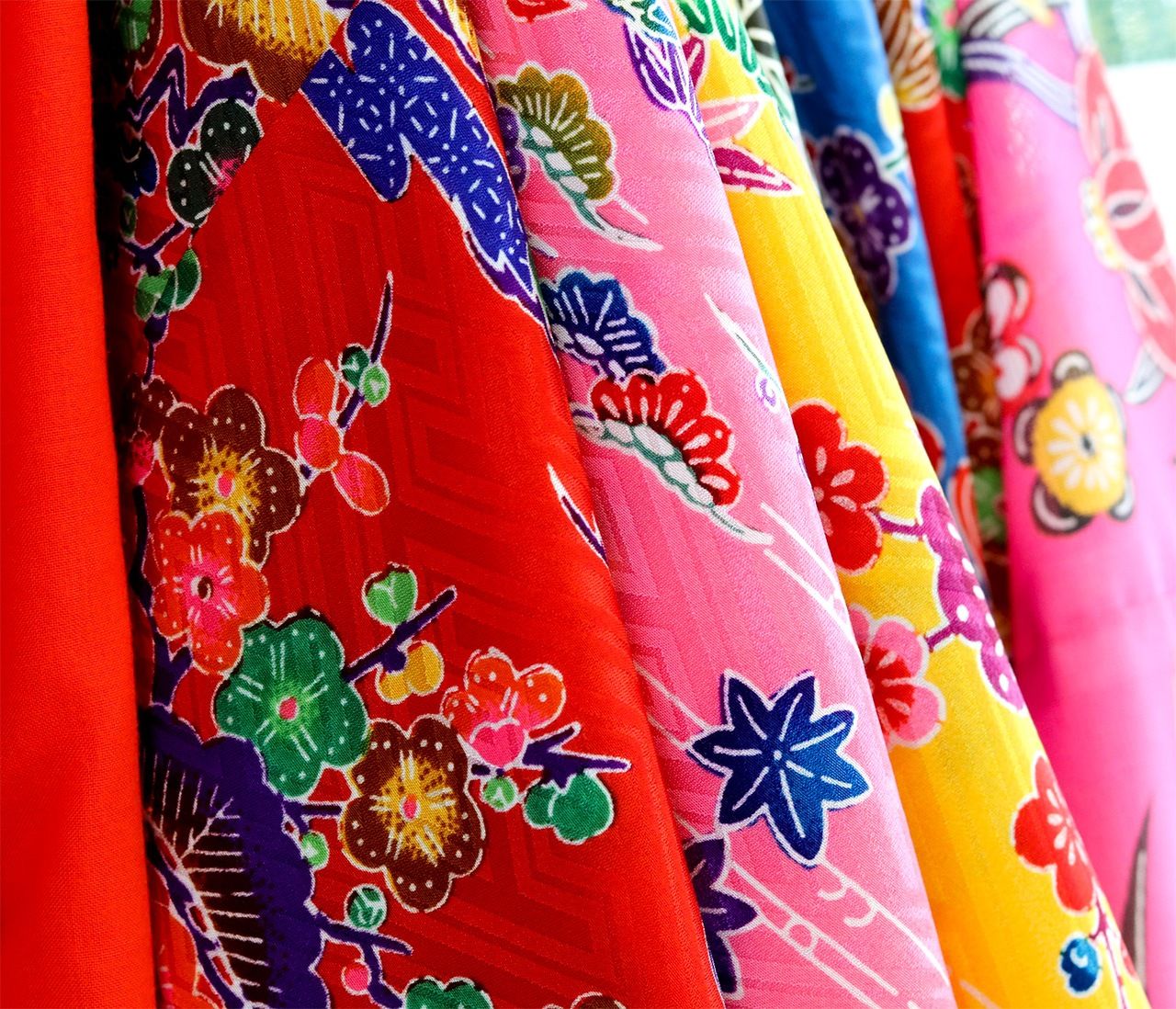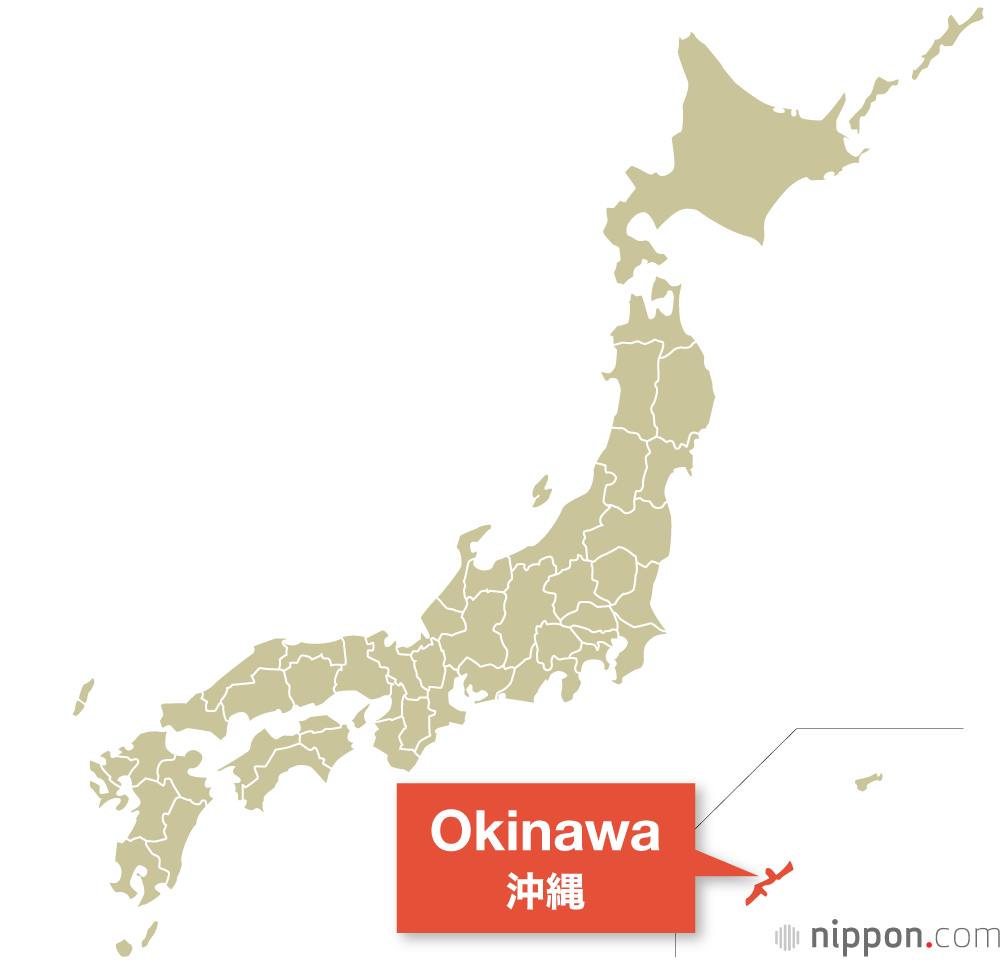
Okinawa Prefecture
Guideto Japan
Culture History- English
- 日本語
- 简体字
- 繁體字
- Français
- Español
- العربية
- Русский
Okinawa Prefecture is a chain of islands in the Pacific Ocean and East China Sea south of Kyūshū. Also known as the Ryūkyū Islands after the name of the former ruling kingdom, the prefecture has a wet, subtropical climate with frequent typhoons, and a generally flat terrain. Okinawa, the largest island, is where the capital of Naha is located. Other major regions include the Yaeyama and Miyako Islands. Okinawa was an independent state for much of its history and developed a distinct culture incorporating aspects of different Asian civilizations.
Okinawa Prefecture at a Glance
- Established in 1879 (formerly Ryūkyū province)
- Capital: Naha
- Population: 1,467,000 (as of Oct. 2020)
- Area: 2,282 km2
Boasting a warm climate, unique culture, and abundant nature, Okinawa is one of Japan’s top tourist destinations. Its beaches, coral reefs, and crystal blue waters make it a major center for diving, snorkeling, and beach recreation, and its three national parks offer outdoor activities like hiking and kayaking. The main island of Okinawa has Shuri Castle and other historical places related to the Ryūkyū Kingdom; Yanbaru in the north of the island was recently registered as a UNESCO natural heritage site.
Farther to the south, Ishigaki Island has bountiful beaches and is a jumping-off point for visiting other islands like Iriomote, which has Japan’s largest mangrove forest and is home to unique flora and fauna, and neighboring Taketomi, where one can view traditional Okinawan townscapes. Other popular destinations include Miyako Island and the Kerama Islands, a hub for whale watchers.

Drummers perform the traditional Okinawan dance eisā. (© Pixta)
The hospitality industry is a major driver of Okinawa’s economy. Income from American military bases located in the prefecture remains important, although significantly less so compared to the past. Agriculture primarily centers on tropical crops like sugarcane and pineapple, with the prefecture also being known for specialty products like gōya (bitter melon), the citrus fruit shīkuwāsā, and sweet potatoes. Food manufacturing and oil refinery lead the manufacturing sector. Okinawa produces a wide variety of traditional crafts, including the rice-based spirit awamori, dyed cloth, and pottery.

Traditional Okinawan dress dyed in the ornate bingata style. (© Pixta)
Famous Figures
- Iha Fuyū (1876–1947): Scholar and founder of integrated Okinawan studies.
- Medoruma Shun (1960–): Writer. Author of Me no oku no mori (trans. In the Woods of Memory) and other works. Winner of the 117th Akutagawa Prize.
- Amuro Namie (1977–): Award-winning recording artist, singer, dancer, and songwriter. Now retired.
(Originally published in English. Banner photo: A shīsā overlooks the sea in Okinawa Prefecture. © Pixta.)
For the complete list of the country’s 47 prefectures, see “The Prefectures of Japan.”
